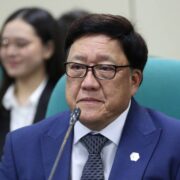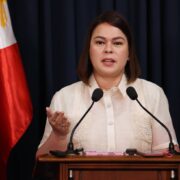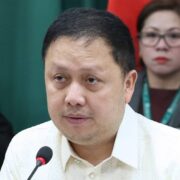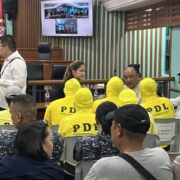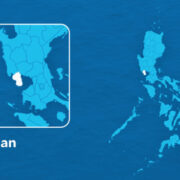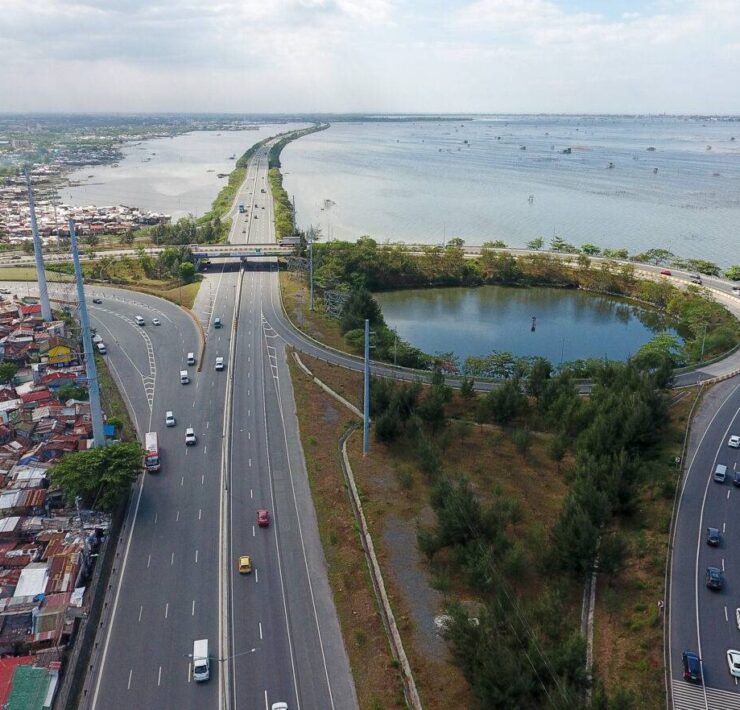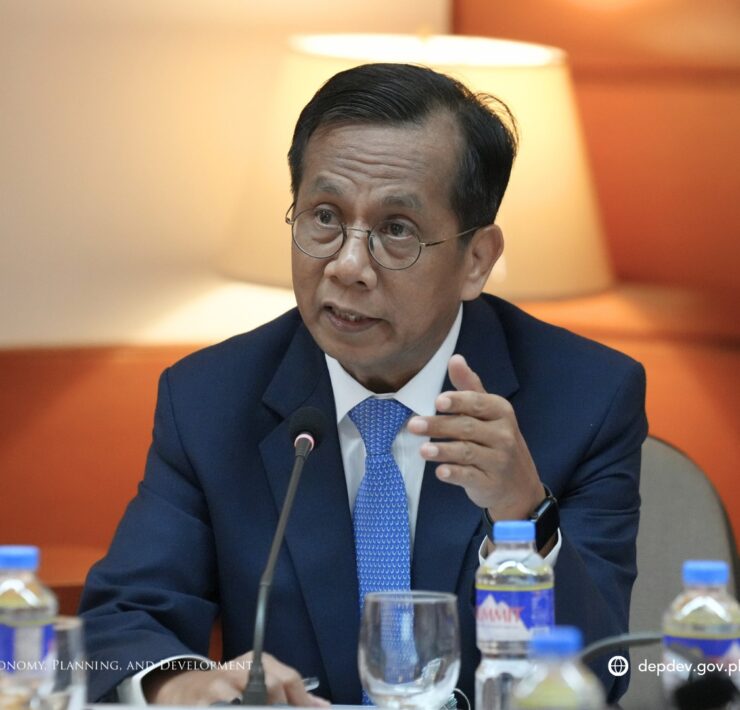Metro Manila needs institutional reform, not just infrastructure
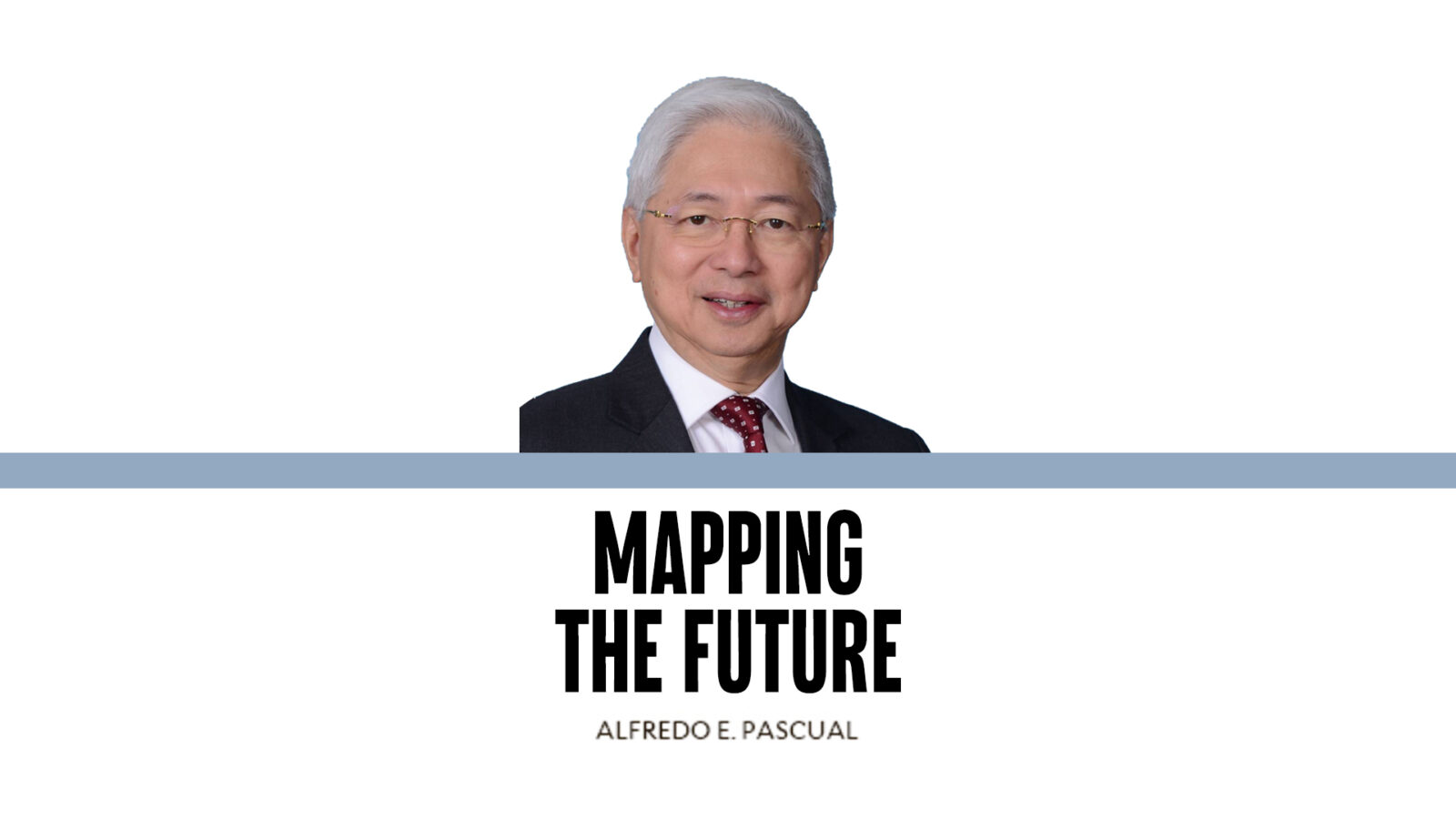
Every day, Metro Manila (MM) reminds us of its structural vulnerabilities—not just through traffic congestion, urban flooding, and service fragmentation, but through the quiet inefficiencies that have become normal.
These are not merely symptoms of poor project execution or under-investment in infrastructure. They reflect something more fundamental: the absence of an institutional framework appropriate for governing a megacity of over 13 million people.
MM, the Philippines’ principal urban engine, is governed by 17 separate local government units (LGUs), each operating with substantial autonomy. While local democracy is a constitutional value—and rightly so—the fragmentation in our National Capital Region has produced a situation where shared problems are addressed in piecemeal, inconsistent, and often incompatible ways.
Despite its best efforts, the Metropolitan Manila Development Authority (MMDA) is constrained by law and design. It lacks sufficient regulatory authority, independent funding, and the power to compel policy alignment across city boundaries. As a result, initiatives in transport, land use, disaster risk reduction, and solid waste management are often reactive, localized, and short-term. This outcome is not a failure of leadership. It is a failure of structure.
Over the years, there has been no shortage of infrastructure programs to alleviate MM’s chronic issues. Flyovers, pumping stations, road-widening projects, traffic enforcement drives—all of these have their place.
However, without a cohesive institutional mechanism for regional planning and decision-making, the impact of these initiatives will always fall short. The problem is not that we lack plans; it is that we lack integration.
The lived experience of MM residents—commuting across cities, relying on regional infrastructure, suffering from metro-wide flooding—demands a governance response that matches the geographic and economic scale of the problems.
What the world has learned
We are not starting from zero. The international experience provides several instructive models.
Greater Tokyo Area, for example, operates under a unified metropolitan government with jurisdiction over both city and prefectural functions, enabling coordinated land use and fiscal planning, health, education and infrastructure.
Tokyo did not achieve efficiency by eliminating local voices. Rather, it clarified which issues must be addressed collectively, and then empowered institutions to manage those issues with the scale, tools and accountability needed.
Constitutional realities
It is often said that the 1987 Constitution’s emphasis on local autonomy prevents the creation of a stronger metropolitan authority. That interpretation deserves nuance.
It does provide space for inter-LGU cooperation through regional development councils. In other words, the framework is flexible enough to accommodate reform—if there is political will and a clear plan.
The real constraints are political, not legal. Experience shows us that it is possible to design a system where local governments retain their roles in community-level services, while a metropolitan authority handles matters that are regional in scope.
A reasonable roadmap could include:
1. National consensus-building
A National Commission on Metropolitan Governance Reform should be convened by the Executive Branch. Its task: to study international models, consult stakeholders and propose a pragmatic institutional design suited to the Philippine context.
2. Legislative action
Congress should enact a Metro Manila Regional Governance Act to formally transform the MMDA into a Metro Manila Regional Authority (MMRA) with clear mandates in transport, land use, waste management and flood control.
3. Functional integration and citizen participation
As the MMRA grows in capacity, it should take on more operational responsibilities.
Alongside this, mechanisms for citizen input—such as open data portals, participatory planning tools, and metro-wide consultations—should be institutionalized to ensure transparency and accountability.
4. Democratization and sustainability
Eventually, consideration must be given to allowing the direct election of a metro-wide leader to ensure a clear mandate and public legitimacy.
Why this matters
The goal is not to create a new layer of bureaucracy. The goal is to make existing systems work better by clarifying responsibilities, enabling scale, and creating alignment. Infrastructure projects will always be necessary. But without the proper governance structure, they will continue to be delayed, diluted, or derailed.
This article reflects the personal opinion of the author and not the official stand of the Management Association of the Philippines or MAP. The author is cochair for governance of the MAP committee on ESG. He is also vice chair of ISA and Center for Excellence in Governance and former chair of Institute of Corporate Directors (ICD). Feedback at map@map.org.ph and rex@drilon.com.





